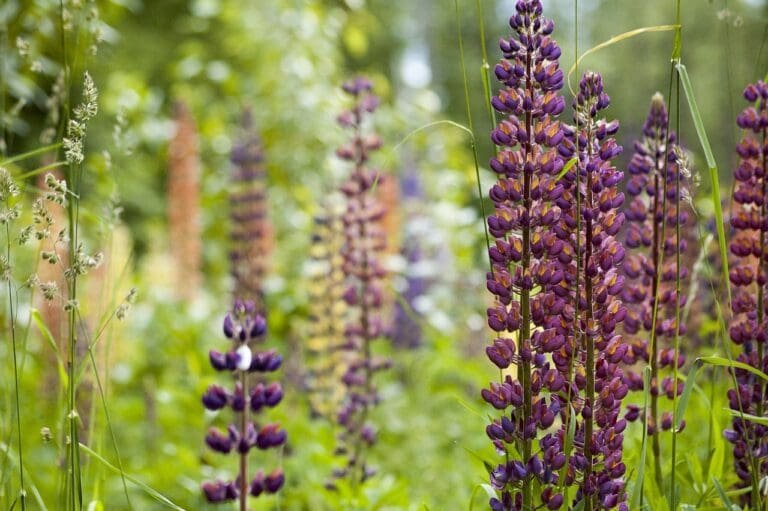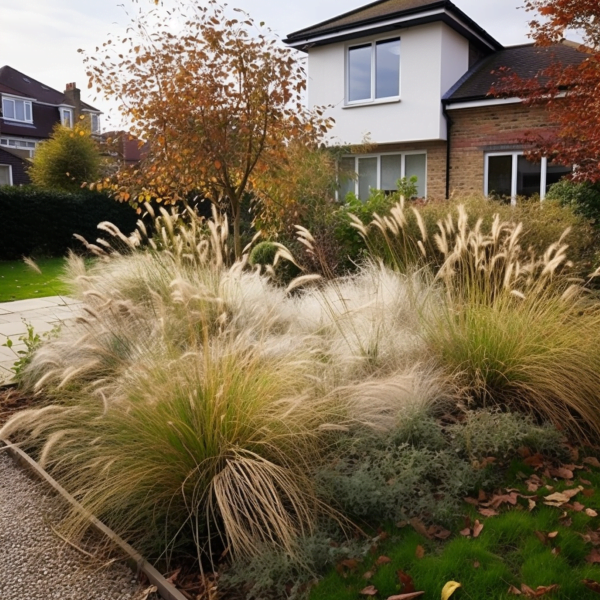The way we garden is transforming again in 2026 — with innovation, ecology, and wellness blending more deeply than ever before. This year’s trends reflect a desire for regenerative living, low-impact design, and personalized outdoor experiences that go beyond aesthetics. From climate-adaptive plant palettes to AI-powered garden assistants, the gardens of 2026 are designed to heal the planet — and us.
Whether you’re planning a total landscape redesign or simply refreshing your balcony garden, these forward-looking trends will help you stay ahead of the curve.
1. Colour Moodscaping
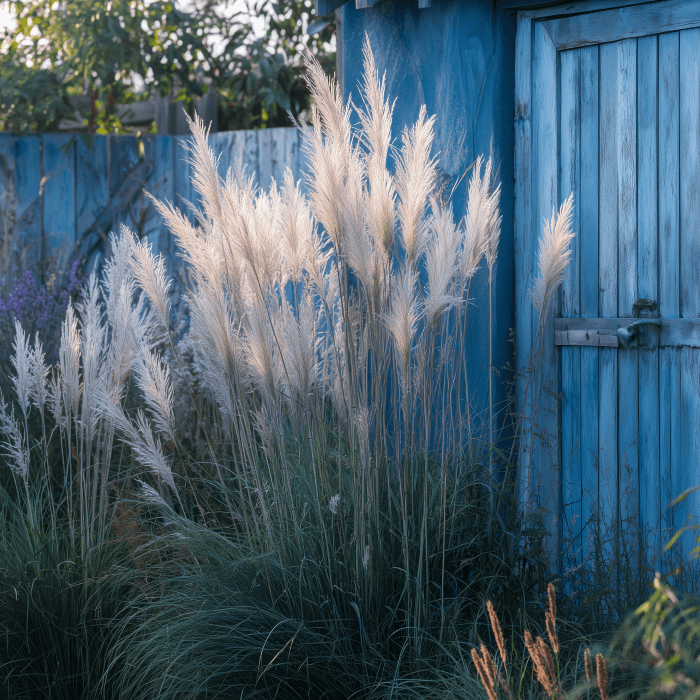
“Designing with emotion in mind.”
Bold colour remains, but 2026 is about “moodscapes” — using colour psychology to shape how a garden feels.
- Calming blues and silvers in wellness gardens.
- Vibrant reds and oranges for sociable dining spaces.
- Dramatic dark foliage gardens paired with neon highlights for a futuristic vibe.
Even hardscaping is joining the palette: coloured terrazzo paving, gradient-painted walls, and powder-coated furniture in statement hues.
2. Wellness-Centric Outdoor Spaces
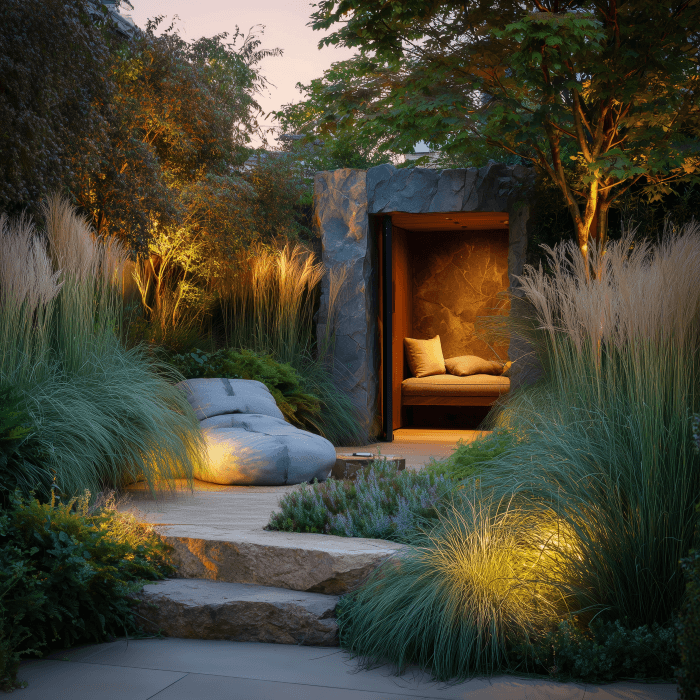
“Gardens as personal sanctuaries.”
As mental health and wellness remain top priorities, garden design is leaning deeper into therapeutic landscaping.
- Sensory gardens with textured foliage, aromatic plants, and gentle soundscapes.
- Meditation nooks integrated with planting schemes designed for calm.
- Outdoor cold-plunge tubs, yoga decks, and forest-bathing corners.
It’s no longer about just relaxing outdoors — it’s about creating spaces that actively improve well-being.
3. AI-Enhanced Gardening
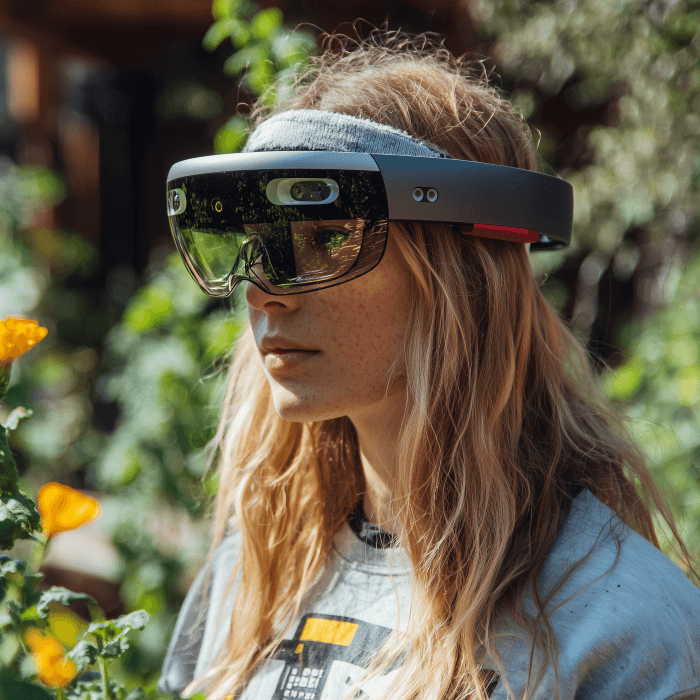
“Smart gardens are getting smarter.”
2025 was all about sensors and automated watering. In 2026, AI is entering the garden in a big way. Expect to see:
- AI garden assistants that analyze soil, sunlight, and microclimate data to suggest plant pairings or solve pest issues.
- Predictive watering systems that anticipate drought or rainfall weeks ahead.
- Augmented reality garden planners that let you design and “walk through” your future garden using AR glasses or apps.
This tech isn’t just for techies — it’s making gardening easier, more intuitive, and more personalized.
4. Regenerative & Climate-Adaptive Gardens
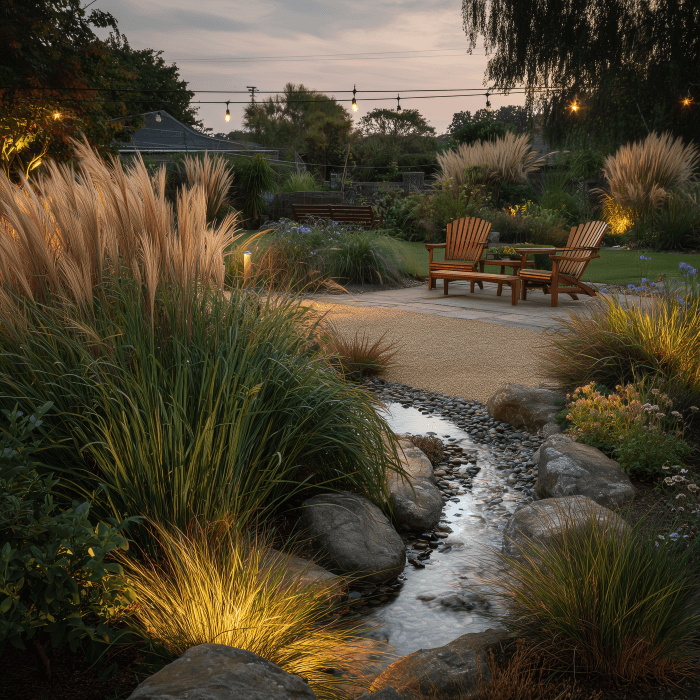
“Beyond sustainable – gardens that give back.”
Sustainability was just the start. In 2026, regenerative gardening — practices that restore soil health, support biodiversity, and sequester carbon — are the new gold standard. Expect to see:
- Carbon-capturing plants and deep-rooted perennials designed to improve soil structure.
- Microclimate zones: thoughtful placement of plants to create cooler, more resilient spaces as summers get hotter.
- Rain gardens and greywater systems that not only conserve water but clean it as it cycles through.
Native plants still reign supreme, but now designers are experimenting with “climate-shift natives” — species predicted to thrive as regional weather patterns change.
5. Transformable Outdoor Living
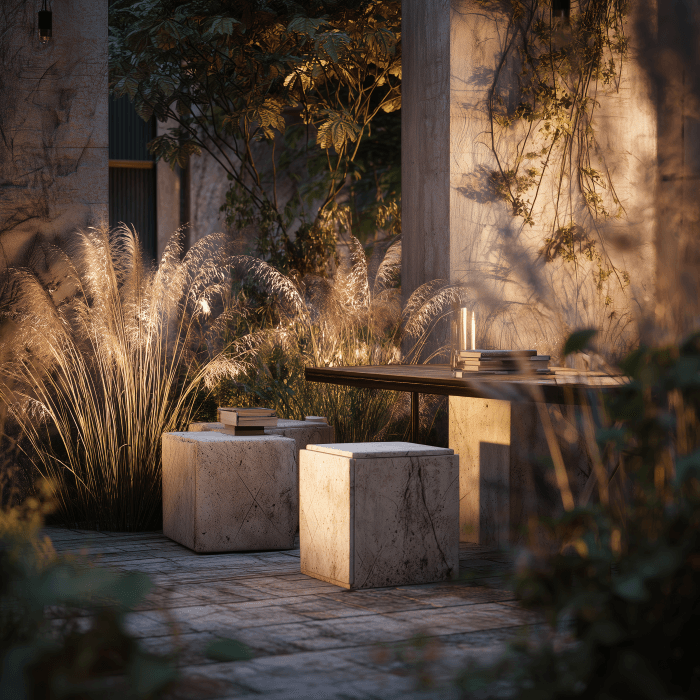
“The garden as a dynamic room.”
Multifunctional gardens are evolving into transformable outdoor spaces that adapt as our needs change:
- Modular furniture that folds, stacks, and converts for work, dining, or play.
- Seasonal plantings that shift the garden’s function through the year — from productive spring beds to entertainment-ready summer decks.
- Hybrid indoor-outdoor zones using retractable glass walls and climate-adaptive shade systems.
6. Edimental Design & “Layered Abundance”
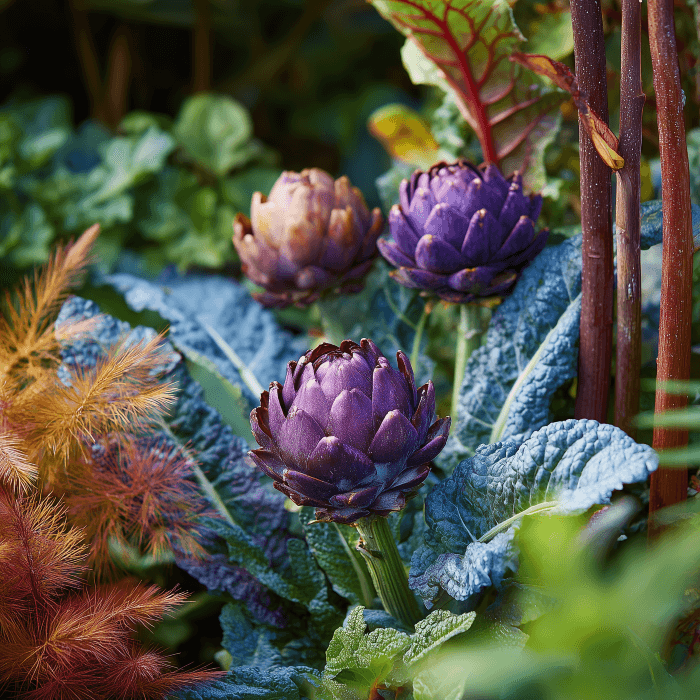
“Where beauty meets bounty.”
The edible garden trend continues — but in 2026 it’s elevated. The new buzzword: edimentals — plants that are both edible and ornamental. Think purple artichokes, rainbow chard, and fruiting shrubs with stunning seasonal color.
Other key evolutions:
- Layered food forests becoming mainstream, even in urban gardens.
- Companion planting aesthetics — mixing edibles and ornamentals in visually curated ways.
- Mini permaculture plots on balconies and rooftops.
7. Wild Havens & Microhabitats
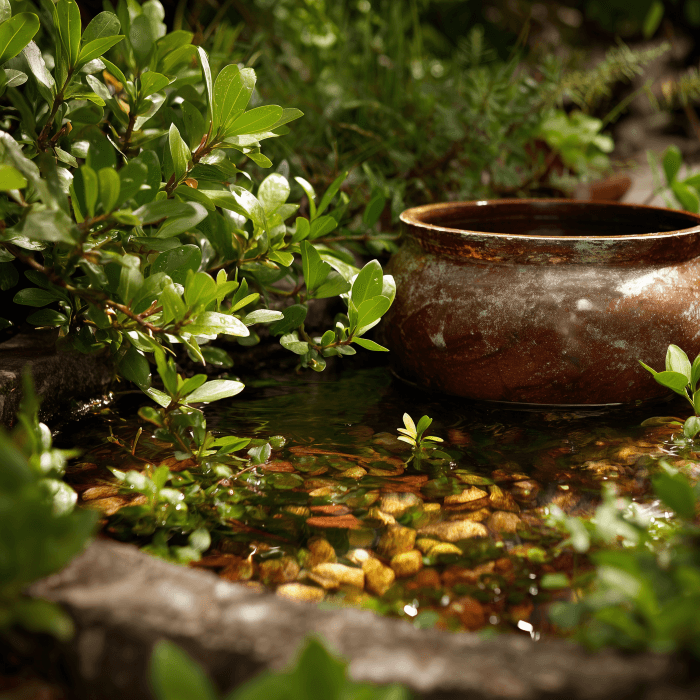
“Designing for biodiversity — even in tiny spaces.”
Gardens are becoming vital biodiversity hubs. In 2026, the focus shifts from general wildlife gardening to hyper-targeted habitats:
- Micro ponds and bog gardens for amphibians and insects.
- Native shrub corridors to support migrating birds.
- Pollinator pathways connecting urban gardens into networks.
Even container gardeners are creating “mini ecosystems” with small water dishes, deadwood towers, and pollinator pots.
8. Bio-Outdoor Kitchens & Fire Spaces
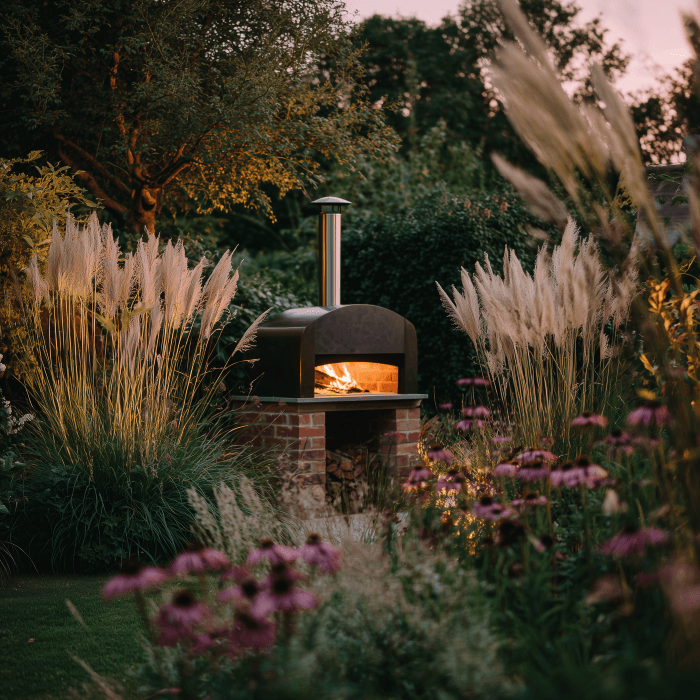
“Cooking meets ecology.”
Outdoor kitchens remain popular, but in 2026 they’re getting a sustainable makeover:
- Biofuel pizza ovens and wood-free firepits.
- Integrated composting stations and kitchen-waste-fed planters.
- Food-to-fire zones — where cooking, growing, and socializing happen seamlessly together.
Designers are also blending fire and water elements — fire bowls beside reflecting pools, for example — to create balanced, elemental garden features.
FAQs – 2026 Garden Trends
What’s new in sustainable gardening?
The shift is toward regenerative practices — improving soil health, increasing biodiversity, and actively capturing carbon.
How is technology changing gardening in 2026?
AI assistants, predictive watering, and AR design tools are helping gardeners plan, plant, and care for their spaces more intuitively and efficiently.
Can small-space gardeners follow these trends?
Absolutely. Many 2026 trends — like vertical edimental gardens, pollinator pots, and modular seating — are designed with balconies and terraces in mind.
Which plants are trending for 2026?
Edimentals, climate-adaptive natives, drought-resilient ornamentals, and pollinator-friendly perennials. Also watch for rare fruiting shrubs and ornamental herbs.
Looking Ahead
The gardens of 2026 are more than just outdoor rooms — they’re living ecosystems, personal wellness retreats, and climate solutions. As we design with purpose and creativity, our green spaces will not only look stunning but also nurture the planet and ourselves for years to come.

